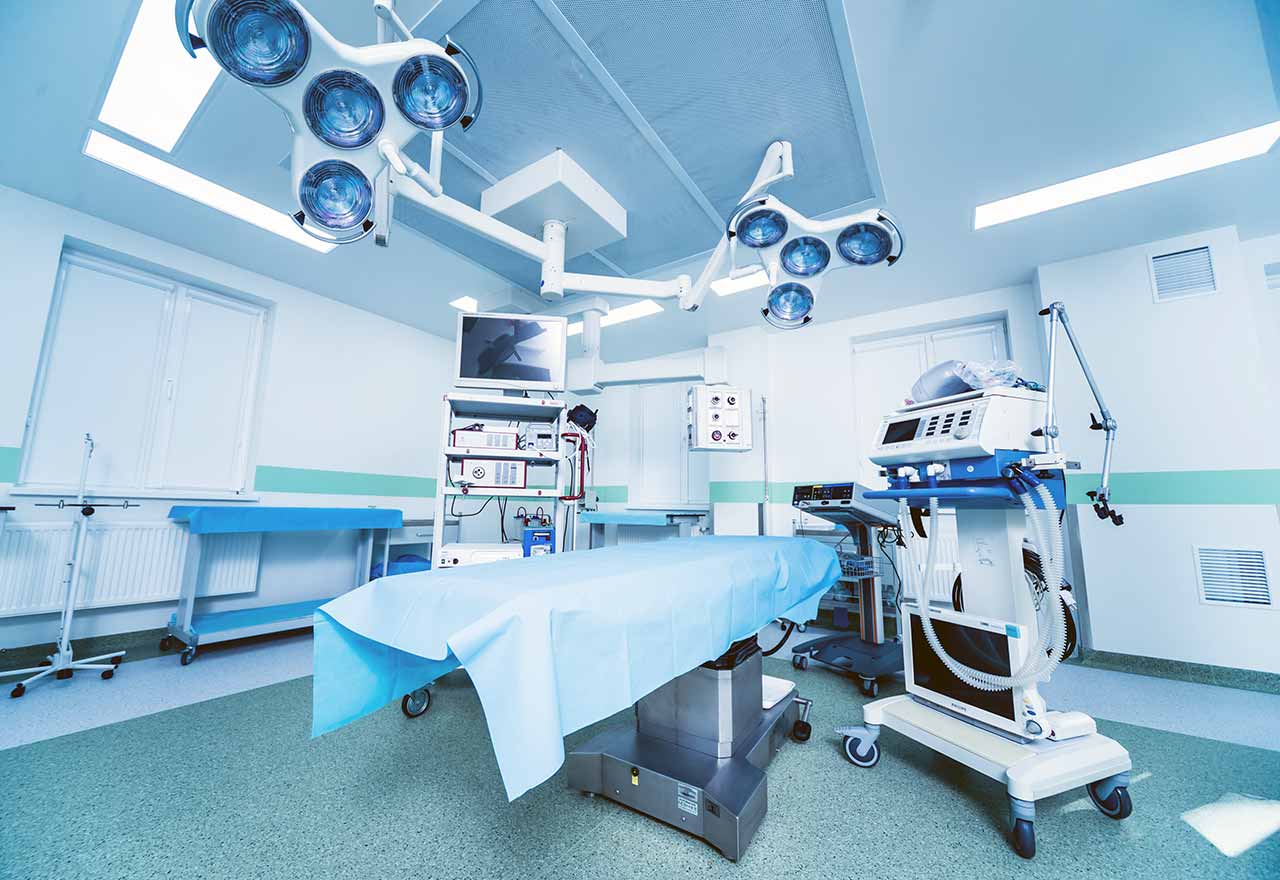
The program includes:
- Initial presentation in the clinic
- clinical history taking
- review of medical records
- physical examination
- laboratory tests:
- complete blood count
- general urine analysis
- biochemical analysis of blood
- TSH-basal, fT3, fT4
- tumor markers (AFP, CEA, СА-19-9)
- inflammation indicators (CRP, ESR)
- indicators blood coagulation
- abdominal ultrasound
- CT/MRI abdomen
- preoperative care
- embolization (coiling)
- symptomatic treatment
- cost of essential medicines
- nursing services
- elaboration further recommendations
Required documents
- Medical records
- MRI/CT scan (not older than 3 months)
- Biopsy results (if available)
Service
You may also book:
 BookingHealth Price from:
BookingHealth Price from:
About the department
The Department of Radiology and Interventional Therapy offers patients a comprehensive visual diagnosis based on modern technical devices. Visualization technologies revolutionized diagnostics. In addition to conventional X-rays, computer tomography (CT), magnetic resonance imaging (MRI), ultrasound and angiography (radiological imaging of vessels) are currently used being used in medicine. The head of the department is Prof. Dr. Joachim Wagner.
Interventional Radiology is still a relatively new area of Radiology and it specializes in imaging interventions, such as vascular diseases, tumors, pain management and tissue sampling.
The main directions of the department are hematological oncology, hepatobiliary medicine (diseases of the liver, gallbladder and biliary tract), liver cancer, prostate, bladder and kidney cancer.
The department has at its disposal computer tomography tool SOMATOM Definition Flash with a rotation time of 0.28 seconds at low X-rays (often less than 1 mSv). For example, CT examinations performed here use a very fast dual-energy computer tomography scanner. Also, specialists of the department apply 1.5 magnetic resonance scanner Tesla (Philips Achieva), for angiography they use Siemens dMP Artis, for a conventional X-ray image - Siemens Aristos, for sonography - Philips iU22, and for mammography - Siemens Inspiration.
In addition, the department has special rooms, designed for patients with cancer, where the use of radioactive substances (radionuclide therapy) is approved.
The department closely cooperates with the specialized departments of the clinic, such as the Department of Gastroenterology, Gastrointestinal Oncology and Infectology and the Department of Urology.
The department uses the following types of diagnostic imaging:
- Conventional X-ray
- Computer tomography (CT) (for biopsy or therapy)
- Magnetic resonance imaging (MRI)
- Sonography (ultrasound)
- Angiography (visualization of blood vessels)
Photo of the doctor: (с) Vivantes - Netzwerk für Gesundheit GmbH
About hospital
The Vivantes Am Urban Hospital, in Berlin-Kreuzberg, is an academic clinic at Charité University Hospital. About 220 physicians and 360 medical personnel in 12 specialized departments conduct their high-quality work here. The hospital is equipped with 620 beds. Annually it treats about 65,000 patients. Each year 1500 children are born here.
The hospital also includes the Breast Center, the Tumor Center with the specialization "Gastrointestinal oncology" and the Berlin Center for Cardiac Rhythm Disorders.
The Vivantes Am Urban Hospital was opened in 1890. It immediately established itself as a scientific and educational medical institution with great potential.
Many departments of the hospital are honored for their outstanding medical and patient care services.
Photo: (c) depositphotos
Accommodation in hospital
Patients rooms
Patients of the hospital are offered a comfortable stay in the hospital for the entire period of treatment.
1 or 2-bed modern cozy rooms are equipped with everything patients need. The rooms have a bed with electric drive for convenient changing of the bed position, bedside table, wardrobe, safe, shower and bathroom.
In addition, the patient can use wireless Internet (Wi-Fi) for free.
Meals and Menus
All types of food are offered at the restaurant of the hospital. If desired, the patients can order food to their room.
Further details
Standard rooms include:
Accompanying person
Upon request, the accompanying person can be placed in the patient's room.




